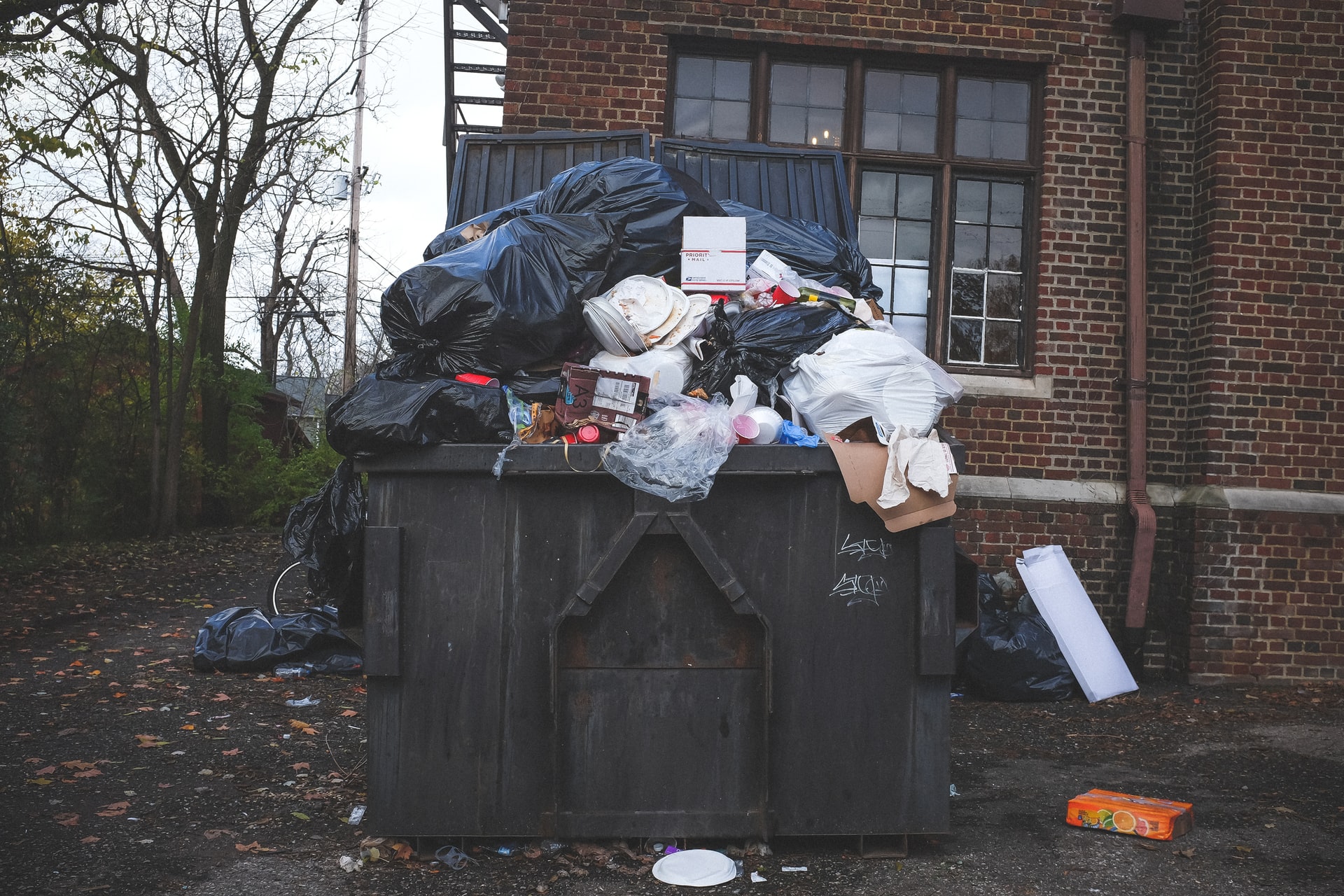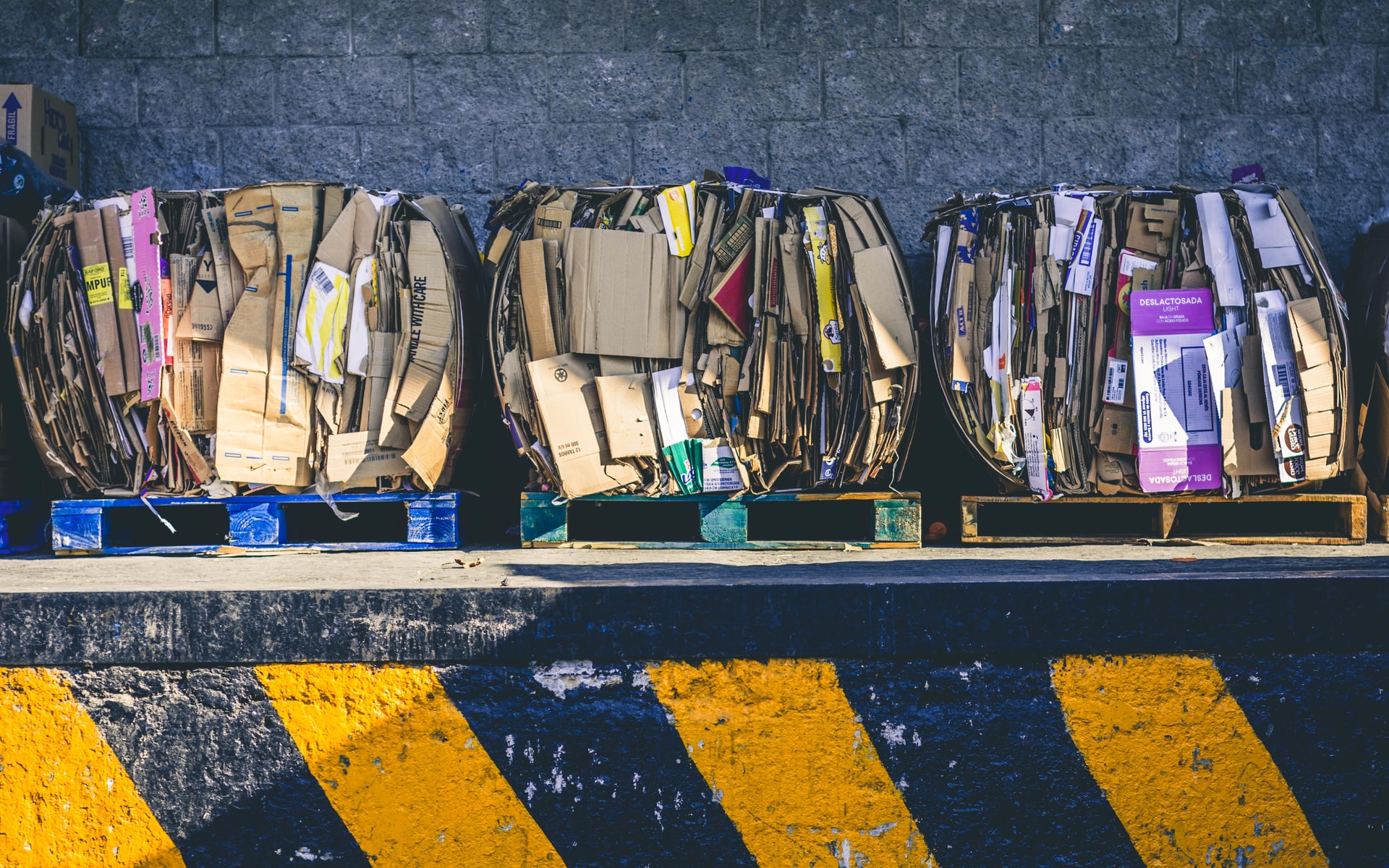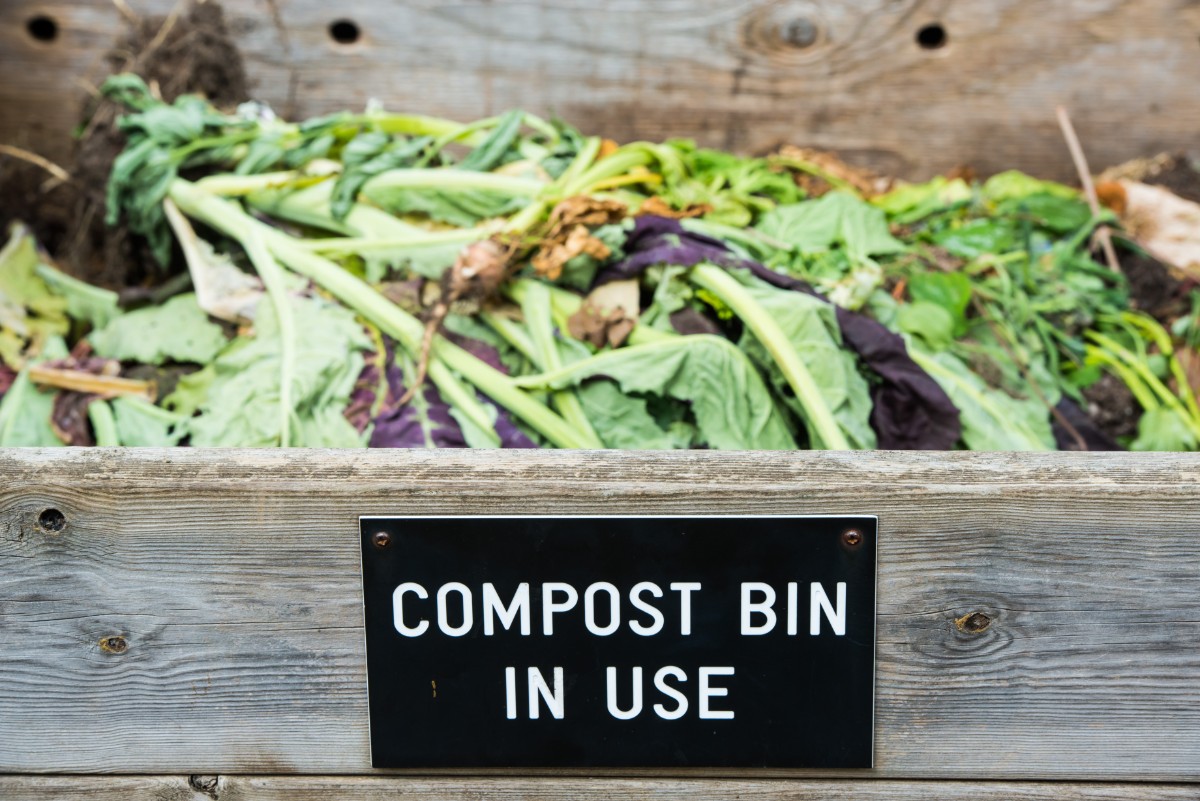Recent Posts
- Home
- Elevate Blog
- Composting and the Circular Economy
Composting and the Circular Economy
Posted on
Where Does My Waste Go?
We all create some amount of waste. To lessen our impact on the environment it’s important for us to stop and consider where it will go.
As a sustainable brand, eco-friendly end-of-life and disposal should be as high on your priority list as eco-friendly production. This is particularly important when it comes to packaging - how much good does a sustainable product do when it arrives wrapped in layers of single-use plastic?
In the past many consumers had not considered the life cycle of the products they use, or the waste that they produce. Thanks to the hard work of environmental advocates and sustainable brands, the public is becoming more aware of their own impact as well as the wasteful practices of many industries.
As a result, eco-friendly products are quickly gaining in popularity. A recent study by IBM and the National Retail Federation found that nearly 70% of consumers in the U.S. and Canada think it is important that a brand is sustainable or eco-friendly.
In a 2019 study, The New York University Center for Sustainable Business found that it wasn’t just talk. Between 2013 and 2018, sustainable products grew faster than their conventional counterparts. In 2018 sustainable products delivered nearly $114 billion in sales, up 29% from 2013!
Despite reducing as much as possible, we will still always produce some amount of waste. Very often it’s not possible to eliminate packaging entirely. Reducing unnecessary packaging and seeking out more sustainable options is a good place to begin.
But what kind of packaging is best? Considering end-of-life solutions for both our products and packaging is crucial to creating a more sustainable business. We need to look at how we dispose of our waste:
- What happens to our waste when we send it to a landfill?
- What happens after we put something in the recycling bin, or compost it?
- Why is sustainable waste management so important?

How Much Waste is Sent to Landfill?
The landfill should be the very last option for waste disposal. In fact, we don’t think they should exist at all!
The EPA reports on the generation of waste in the US. They reported that the total generation of municipal solid waste in 2017 was 267.8 million tons. That’s 4.51 pounds of waste per person, per day. Of that waste, more than 139 million tons went to landfills.
Landfill waste is not very useful. Landfills take up valuable space, don’t have the right environment for effective decomposition, and they release dangerous emissions into our atmosphere. Energy can be harnessed from some of these emissions, but it is more of a mitigation strategy than a sustainable energy solution.
Fortunately the levels of recycling and composting have risen in recent years, and continue to rise - less waste went to landfills in 2017 than in 1990 despite a rise in population. However the total amount of waste produced overall has also risen.

Is Recycling the Answer?
Recycling, and recyclable materials, can be a good option for many brands. However there are limitations.
In early 2019 the news broke that China would no longer accept our plastics for recycling. Other countries also soon spoke up. They didn’t want our discarded plastics, and in fact our waste was barely being recycled at all. Out of sight, out of mind - We had been shipping out our waste only for it to pollute other countries.
Until then most households didn’t even know that their recycling was being shipped abroad, let alone that in many cases it was not even being recycled at all!
Not All Recyclable Material is able to be Recycled
There are many materials that can technically be recycled, but are not accepted widely at recycling facilities. Plastics such as shopping bags and straws may be made of recyclable materials but their size, construction, and even color, can make them unsuitable. Flimsy films can get caught in machinery, black plastics can be missed by sorters, non-recyclable labels can gum up the machines. Some materials are also just too expensive to process.
Just because a product is made from recycled materials, doesn’t mean that it can be recycled! Mixed materials cannot be recycled, even if both are recyclable separately.
While there are materials (such as glass) that can be recycled endlessly, many materials can only be recycled a limited number of times before the material becomes too degraded to be of use. When recycled material reaches that point, it is usually destined for landfill.
In many cases brands are better off encouraging re-use and refills rather than having their customers put their packaging in the recycle bin. Many of our customers also have a return program, where they sanitize and reuse glass containers. ( Compostable labels are a great option for glass containers intended for reuse!)

Composting for a Circular Economy
Composting turns organic waste into useful materials. Like the cycle of life and decomposition in nature, it is endlessly circular!
Even recycled paper and cardboard may be better off being composted instead of recycled again. Composting uses fewer resources than recycling, and paper products can only be recycled between five to seven times before the fibers are typically too short to be recycled further. You can also compost paper products that are not suitable for recycling, such as food-stained cardboard.
Composting can lower emissions, reduce the amount of waste sent to landfills, and create an end product that benefits the soil.
So why don’t we just compost everything?!
That’s the goal! Unfortunately, one of the main struggles with composting is a lack of access and awareness. For composting to be able to scale effectively, we need better education and wider access!
The US Composting council, industrial composters, and other environmental groups are working hard to increase the general public’s access to composting. Just think of all the food and organic waste we could avoid sending to landfills if we all had composting access!
By making your customers aware of your compostable packaging, you can help!
Awareness is the first step to real change. Customers want sustainable products and packaging. Your customers want to compost your packaging! If they find they’re unable to do so, they will be encouraged to pressure their local government to create better access. The seed has been planted - you’re leading the charge to create composting access for all!
The more people have access to composting, the more we can all work together towards our goal - ending landfills for good!
 Loading... Please wait...
Loading... Please wait...



